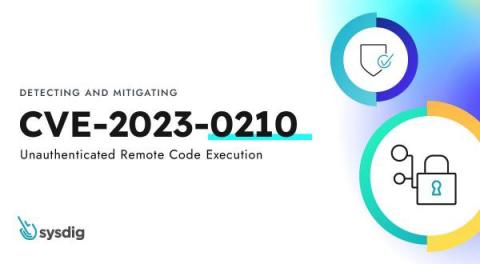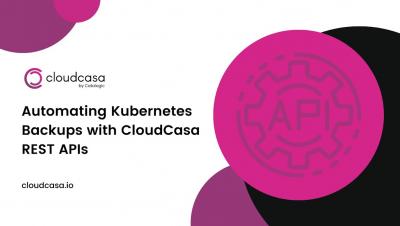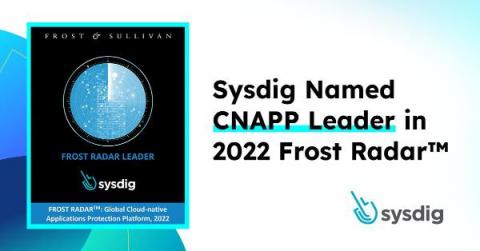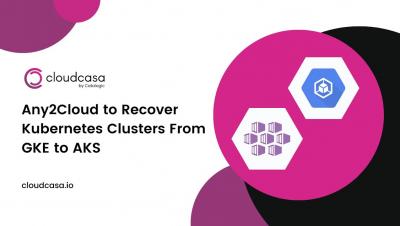CVE-2023-0210
KSMBD, as defined by the kernel documentation1, is a linux kernel server which implements SMB3 protocol in kernel space for sharing files over network. It was introduced in kernel version ‘v5.15-rc1’ so it’s still relatively new. Most distributions do not have KSMBD compiled into the kernel or enabled by default. Recently, another vulnerability (ZDI-22-16902) was discovered in KSMBD, which allowed for unauthenticated remote code execution in the kernel context.











